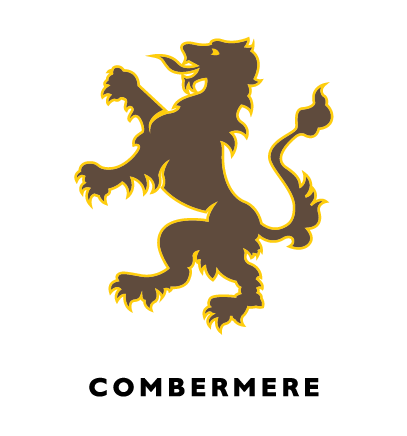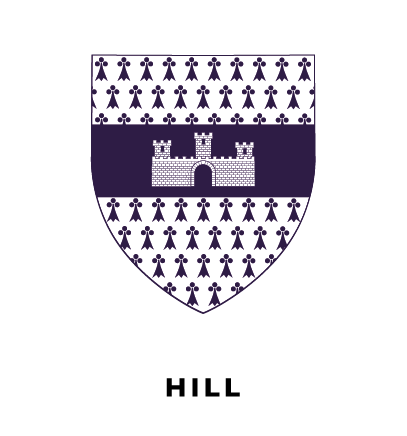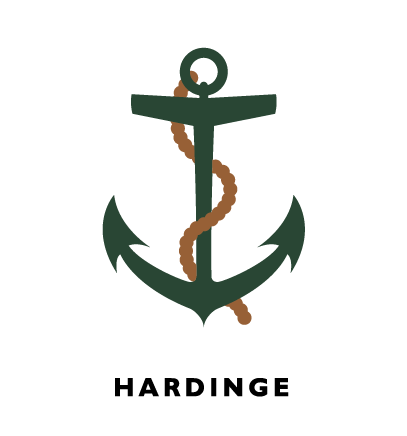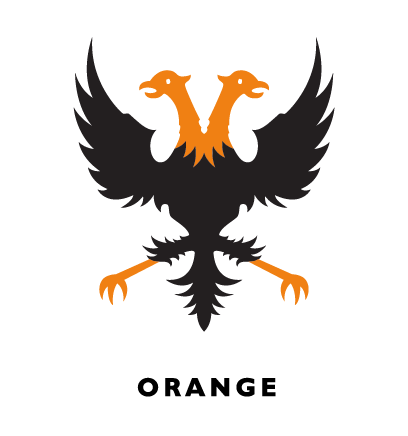Our house system
Our house system is designed to engage and inspire our pupils, giving them a chance to shine and relish in the spirit of competition and team pride. A pupil's house will be a rallying point for the various academic, artistic and sporting activities that our house coordinators plan throughout the year. These activities are designed to provide our pupils with opportunities to try something new, venture out of their comfort zone and discover and showcase their talents. They are also a way to instil in our pupils, teachers and staff a sense of identity within the wider College identity. Wellington Shanghai’s eight houses are selected from the 17 houses of our partner school in England. All pupils are allocated a house designation upon joining the College, and they will remain a member for the duration of their time here.

COMBERMERE
Upper Prep Housemaster – Dr Louise Gray
Senior Housemaster – Martin O’Brien
This house is named after Sir Stapleton Cotton, a brilliant general who served under the Duke of Wellington at the Battles of Salamanca and Bhurtpore and was created Viscount Combermere for services to his country.He served as principal cavalry general to the Duke of Wellington, and had a reputation as a very heroic and brave leader. Victorian historians noted his capture of the fortress of Bhurtpore in India as his greatest achievement. He was the second son of Sir Robert Salisbury Cotton, Baronet of Combermere Abbey, Cheshire. His mother was Frances, co-heiress of James Russell Stapleton of Boddryddon, co. Denbigh. The Stapleton and Cotton families had extensive interests in England, Wales and the West Indies, but the Viscount Combermere spent most of his career in military and political circles. He later served as Governor General of Barbados, Commander in Chief of Ireland and India. In 1852 he succeeded the Duke of Wellington as Constable of the Tower of London, and in 1855 was raised to the rank of Field Marshall.

HILL
Upper Prep Housemaster – Daniel Eldred
Senior Housemaster – Penny Lewis
This house is named after Viscount Hill, Commander of the Anglo Dutch 2nd Corps. Rowland Hill – Lord Hill (1772 – 1842) – was universally liked by the soldiers under his command, he was known as “Daddy Hill” by the troops who valued and respected his kindness. It was claimed that he used profanity on only two occasions.

HOPETOUN
Upper Prep Housemaster – Alaeze Ugoala
SeniorHousemaster – Alexandra North
General Sir John Hope served at the Battle of Alexandria (1801) and led the First Division in Spain during the Peninsular War (1808 – 14). Under the command of General Sir John Moore (1761 – 1809), the British Army was faced with defeat in 1808 with the French having taken Madrid and advanced towards them. The British executed a winter retreat under terrible conditions across the mountains from Astorga to the coast at Corunna, with the intention of escaping by sea. However, the French attacked with greatly superior numbers and a desperate battle ensured, but the British were eventually triumphant and the French suffered massive casualties. Hope distinguished himself in this battle and, when Moore was killed, Hope heroically took command of the British Army. Hope’s successful evacuation of his army earned him a knighthood in his own right from King George III.
By 1816 family of the 3rd Earl of Hopetoun owned large areas of land in East and West Lothian, Fife and Lanarkshire. However, as James had no son, he was succeeded by his half-brother Sir John as 4th Earl. Hopetoun House has been the home of the Earls of Hopetoun, later created Marquesses of Linlithgow, since it was built in 1699 and part of the House is still lived in today by the present Marquess and his family.
Hope is remembered by various monuments, including large Hopetoun Monuments in Fife and East Lothian. His statue is to be found in front of Dundas House in Edinburgh’s St Andrew’s Square, Hope having been a governor of the Royal Bank of Scotland.

WELLESLEY
Upper Prep Housemaster – Craig Northedge
Senior Housemaster – Michael Brennan
The Wellesley was named after Arthur Wellesley, the son of the Earl of Mornington, who was born in Dublin in 1769. After being educated at Eton and a military school at Angers he received a commission in the 73rd Infantry. Eventually Wellesley obtained the rank of captain and became aide-de-camp to the Lord-Lieutenant of Ireland.
In 1806, Wellesley was elected as the MP for Rye in Sussex. A year after entering the House of Commons, the Duke of Portland appointed Wellesley as his Irish Secretary. In 1814 Wellesley was granted the title, the Duke of Wellington. He was then put in command of the forces which defeated Napoleon at Waterloo in June, 1815.
In 1828 Wellington replaced Lord Goderich as Prime Minister and eventually retired from public life in 1846. Arthur Wellesley, the Duke of Wellington died in 1852 and is buried in St Paul’s Cathedral.

STANLEY
Upper Prep Housemaster – Victoria Doamekpor
Senior Housemaster – Danielle Hawkins
The house is named after Edward Stanley, 14th Earl of Derby.
He was head of a rich and powerful family known as the ‘Kings of Lancashire’. He was Prime Minister for three different periods, one of which coincided with the planning and foundation of Wellington College as a national memorial to the great Duke. He did much of the detailed work involved, was appointed at first as Vice-President and then President on the death of the Prince Consort, and made a speech at the opening of the college in 1859. The family maintained a close association with the Wellington College in the UK.

LYNEDOCH
Upper Prep Housemaster – Kelly Edwards
Senior Housemaster – Jack North
This house is named after Thomas Graham – Baron Lynedoch (1748 – 1843). It was Graham who was entrusted with the defence of Cadiz early in 1810. He did so with great skill and in February 1811 he attacked the rear of the French army at Barossa, defeating them. With the South of Spain safe, in June 1811 Wellington put him in command of the 1st, 6th and 7th division as well as giving him two brigades of cavalry which he set to work against Badajoz in one of the first unsuccessful attempts against the fortified city. He was indispensable to Wellington and one of the five main commanders of the British Army with Cotton, Hill, Hope and Beresford.

HARDINGE
Upper Prep Housemaster – Anna Bannister
Henry Hardinge was a career soldier who joined the British Army at the age of fourteen. By twenty-three he was serving as an officer in the Peninsular Campaign, where he fought in many major battles and was rapidly promoted. He may have been responsible for the victory at Albuera by taking responsibility at a critical moment and strongly urging General Cole’s division to advance.
In the Waterloo campaign he was attached to the allied Prussian Army under Marshal Blucher. At the Battle of Ligny his left hand was shot off, preventing him from fighting at Waterloo two days afterwards.
Later he entered politics and served as Secretary at War in Wellington’s ministry, before being appointed Governor-General of India in 1844. In 1846 he was made 1st Viscount Hardinge.
The Hardinge at Wellington College Berkshire opened in 1865 and is now a Sixth Form House for boys and girls.

ORANGE
Upper Prep Housemaster – Alison Perry
William, Prince of Orange, eldest son of King William I of the Netherlands, grew up in exile in England and Prussia because his father had been overthrown. He joined the British Army and, because of his royal status, was quickly promoted to senior rank. He saw several of Wellington’s battles in the Peninsula and led a small force at the Battle of Quatre Bras, two days before Waterloo.
At Waterloo itself he was injured during the unsuccessful attempt to defend La Haie Sante farm. In his despatch after the battle, Wellington wrote that the Prince had ‘distinguished himself by his gallantry and conduct till he received a wound from a musket ball through the shoulder, which obliged him to quit the field.’ William later reigned as King William II of the Netherlands from 1840 to 1849.
The Orange at Wellington College Berkshire opened to boys in 1863. In 2006 it moved to a new building and became a girls’ House.
















